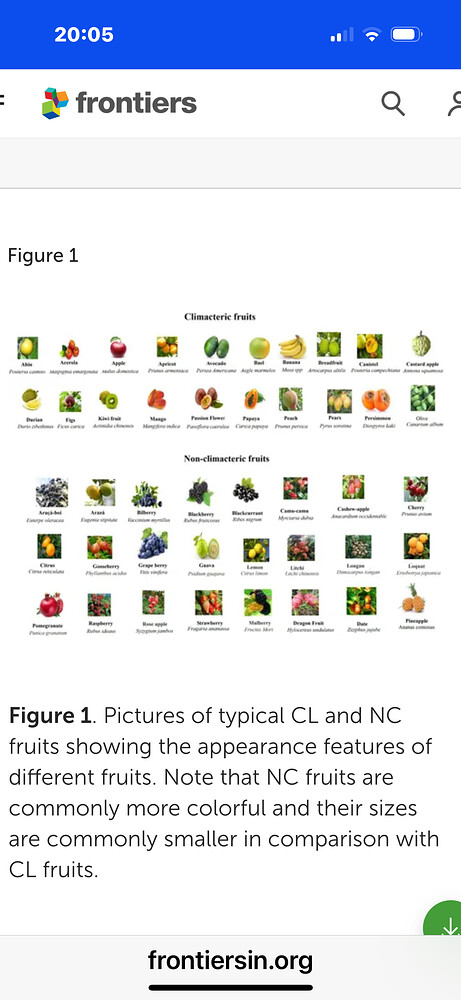I usually wait for the pomegranate to have flattened sides, almost like a hexagon before picking it. The seeds are usually already very sweet by then.
Looks like it came from my trees! 


Pomegranates will be an essential ingredient in our recipes and perfectly timed to coincide with their season. ![]()
![]() Walking in the Alabama Pomegranate Association I’ve accidentally found these cool tips about choosing the best pomegranate. Forget the wiped out colors, it’s all about keeping it real, the weighting and the old school scratch test. As your own taste-buds can confirm, this really does the trick and make a tasty difference! It will be wonderful to be a part of this festival.
Walking in the Alabama Pomegranate Association I’ve accidentally found these cool tips about choosing the best pomegranate. Forget the wiped out colors, it’s all about keeping it real, the weighting and the old school scratch test. As your own taste-buds can confirm, this really does the trick and make a tasty difference! It will be wonderful to be a part of this festival.
Sorry but the OP is mistaken. Both peaches and figs are climacteric, i.e., they continue to ripen after being picked. Pomegranates, like citrus, pineapple, most berries, cherries, et al., are non-climacteric- they do not continue to ripen after picking.
I’d have to say pineapples do ripen after being picked ![]() you can leave it on the counter at anything alive 55 degrees and they’ll ripen I’ve found. The smell from where it’s cut will tell when it’s perfect.
you can leave it on the counter at anything alive 55 degrees and they’ll ripen I’ve found. The smell from where it’s cut will tell when it’s perfect.
I agree that peaches can ripen after being picked but i don’t think figs can. Instead figs just get soft but the sugars don’t seem to accumulate afterwards
Pineapples are non-climacteric. They don’t actually continue to ripen. They start to rot. That process gives the illusion of further ripening but this isn’t the case. Figs do continue to ripen but they also start to spoil fairly quickly. See this:
Thank you for the photo lol.
